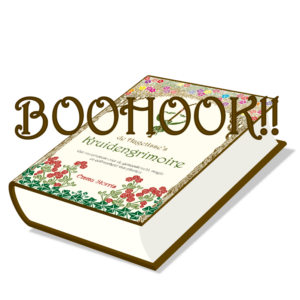
A dear little plant with great deeds, that describes woodruff, Galium odoratum, to a tee. With its small flowers and light-green, hand-shaped leaves it is easy to miss this plant. But when paying attention, it can be found everywhere.
Woodruff is not well-known as a medicinal herb these days. Perhaps this is because not much scientific research has been done on this plant and our attention mostly goes to well-researched plants nowadays.
However, woodruff has been used against all kinds of ailments for a long time. Its use is mainly related to diseases of the urinary tract, digestion and nervous disorders. And, because it grows locally in Europe, where I am from, it beats importing an exotic plant for the same purposes.
Magically, woodruff can be used for multiple purposes. You can attract prosperity with this plant. Its best-known uses, however, are related to love and reproduction. Among Germanic tribes, woodruff was dedicated to the goddess Freya, which explains why love magic is one of its strong points. Woodruff also offers several forms of protection.
Woodruff grows on thin, running rhizomes with a fair number of stolons. Due to the stolons, the plant spreads fairly quickly, but it does not proliferate strongly. The stem is square, erect, hairless and unbranched.
The sessile leaves are arranged in a rosette around the stem. The number of leaves varies between six and nine. They are lanceolate, 0.5 to 1 cm wide and 2 to 4 cm long with one nerve. The leaves are hirsute at the margins.
At the top, the stem branches and at the stem apexes, woodruff’s flowers stand in umbilical corymbs. The flowers are small, white, tubular to funnel-shaped and rich in nectar. It is therefore a good insect plant.
After flowering, the plant develops schizocarps: spherical fruits of about 3 mm in size, which are provided with hook-shaped brushes which are spread by insects. The flowers smell sweet.
The flowers smell so sweet that they were often dried and added to the filling of straw mattresses. This plant was also used in linen closets to make clothes smell nice and to ward off moths. This usage is still current. Yellow bedstraw can be used in the same way.
A Christian legend has it that Mary used woodruff in Jesus’ cradle. Hence the Dutch name lievevrouwebedstro, which translates as dear lady’s bedstraw.
The dried leaves can be used as tobacco. Combined with coltsfoot leaf and mint, people used it to get rid of nicotine addiction.
Basic membership is free. A plant monograph contains:
It's not allowed to copy content of this website
and view hidden content
